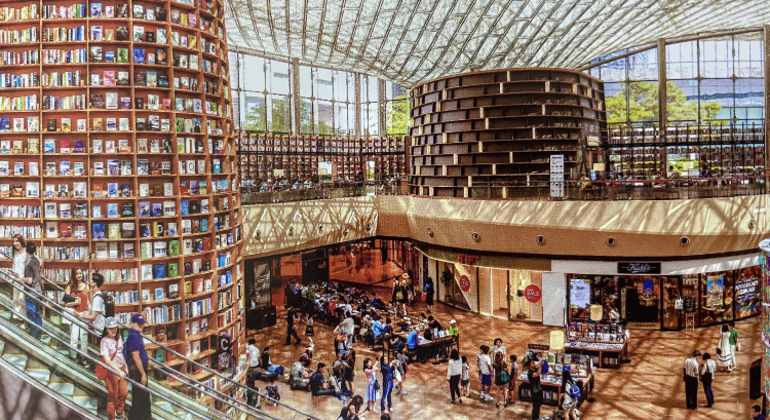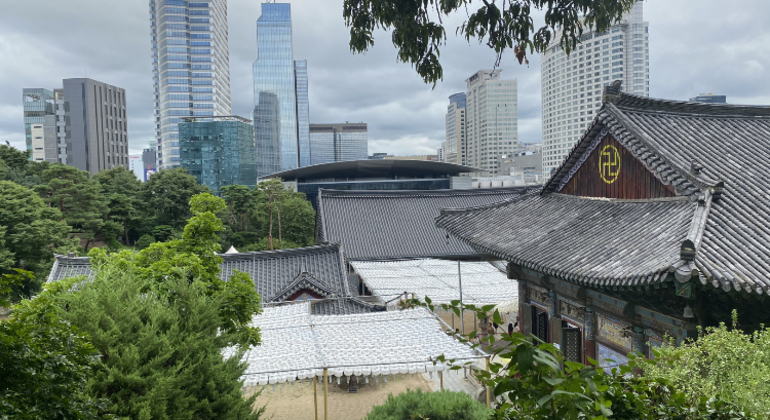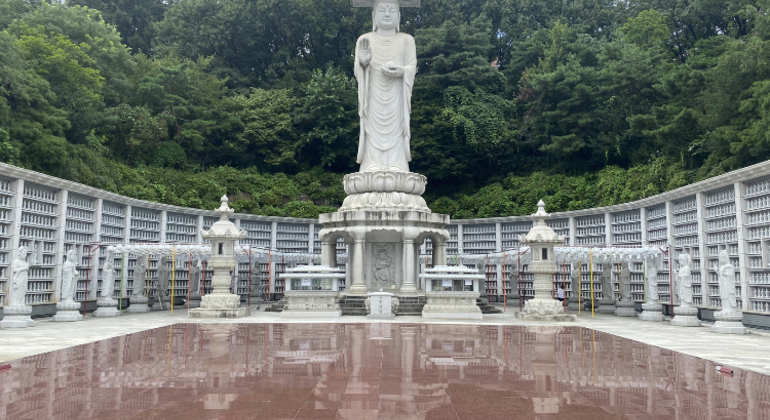General Travel Information for Seoul, South Korea
Seoul, the bustling capital of South Korea, is a dynamic blend of ancient and modern, where towering skyscrapers embrace centuries-old palaces. Here's a quick guide to help you plan your 3-day Seoul adventure:
Country: South Korea
Country Code: 82
Region: East Asia
Population: Approximately 9.7 million
Official Language: Korean
Currency: South Korean Won (KRW)
Time Zone: Korea Standard Time (KST) GMT 9:00
Popular Tourist Attractions:
Gyeongbokgung Palace
Bukchon Hanok Village
Myeongdong Shopping Street
Namsan Seoul Tower
Deoksugung Palace
Insadong
Hongdae (Hongik University Street)
Changdeokgung Palace
Lotte World
Han River Park
Climate:
Seoul has a humid continental climate with hot and humid summers, and cold winters. Average temperatures range from -6°C (21°F) in winter to 30°C (86°F) in summer.
Transportation:
Incheon International Airport (ICN) is the main international gateway to Seoul. Public transportation includes the Seoul Metro, buses, and taxis. The Seoul Metro system is an efficient way to travel within the city and reach major attractions. Walking is a popular option for exploring the city center and its vibrant neighborhoods.
Best Time to Visit:
Spring (March-May) and Fall (September-November) offer pleasant weather and vibrant festivals. Summer (June-August) can be hot and humid, while winter (December-February) brings chilly temperatures and occasional snow.
Getting Around:
Seoul has an extensive and efficient public transportation system, including subways, buses, and taxis. The T-Money card is an essential travel companion for affordable travel.
Important Considerations:
Respect Korean customs and traditions, especially when visiting temples and palaces. Try local dishes like bibimbap, bulgogi, and kimchi. Be cautious of pickpockets in crowded tourist areas and keep your belongings secure. Learn a few basic Korean phrases to enhance your interactions with locals.
Disclaimer: The information on this website are for information purposes only. Some information are contributed by the AI engine which is experimental and may contain inaccurate information. The owner of this website cannot and does not assess, verify or guarantee the adequacy, accuracy or completeness of any information, the suitability or profitability of any informational source. The reader bears responsibility for his / her own research and decisions, should seek the advice of a qualified professional before taking any decisions, and investigate and fully understand any and all risks before taking decsions. Featured and funded on
Kickstarter.
powered by tripsora® since 2023 |
Terms & Services |
Privacy Policy |
Cookie Policy |
Disclosure Policy |
Digital Product Agreement |
Subscribe Newsletter








